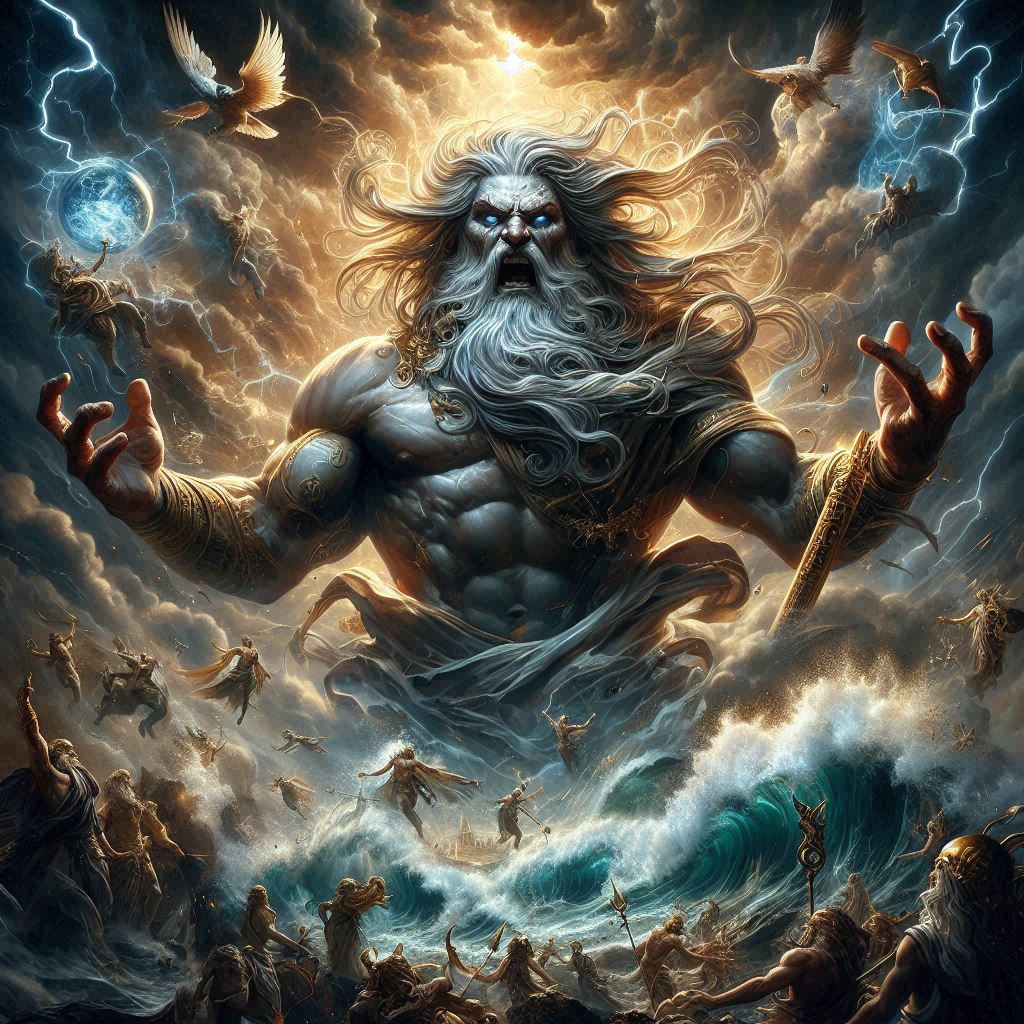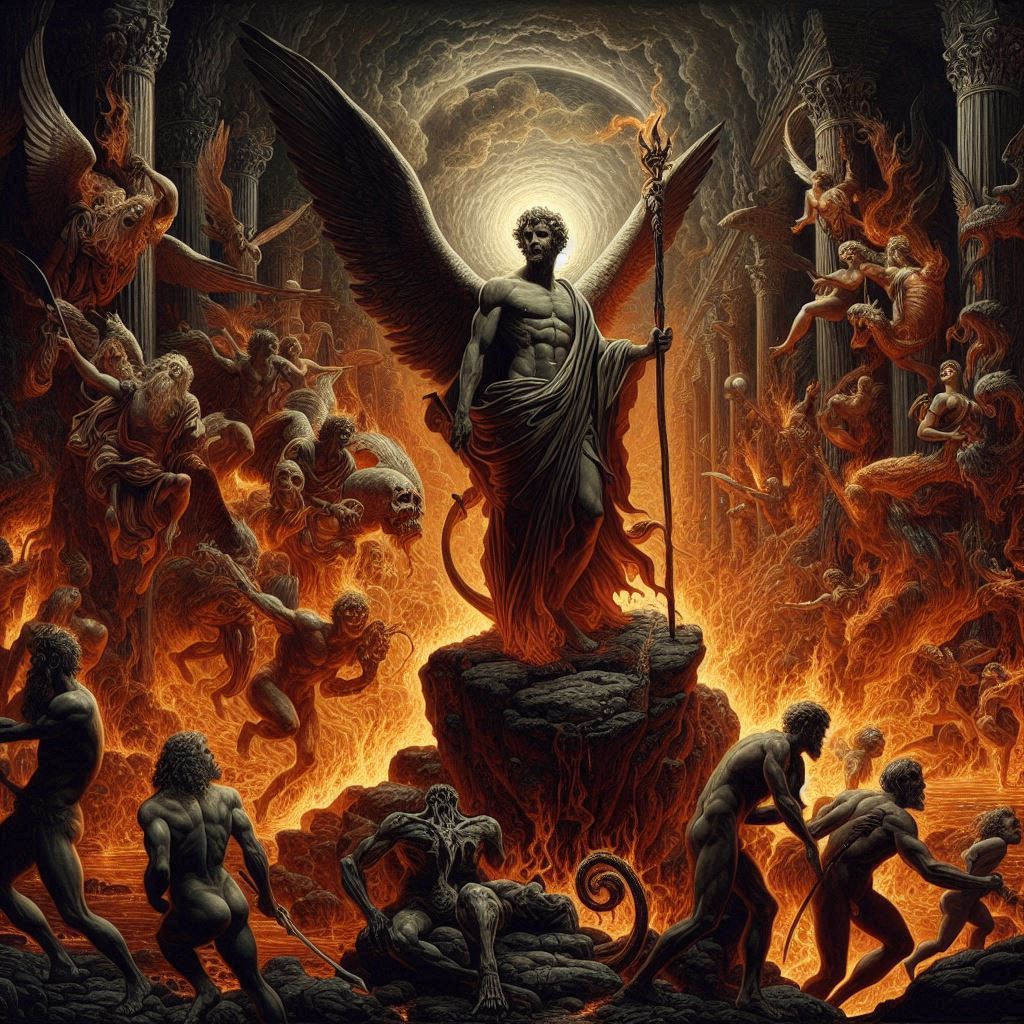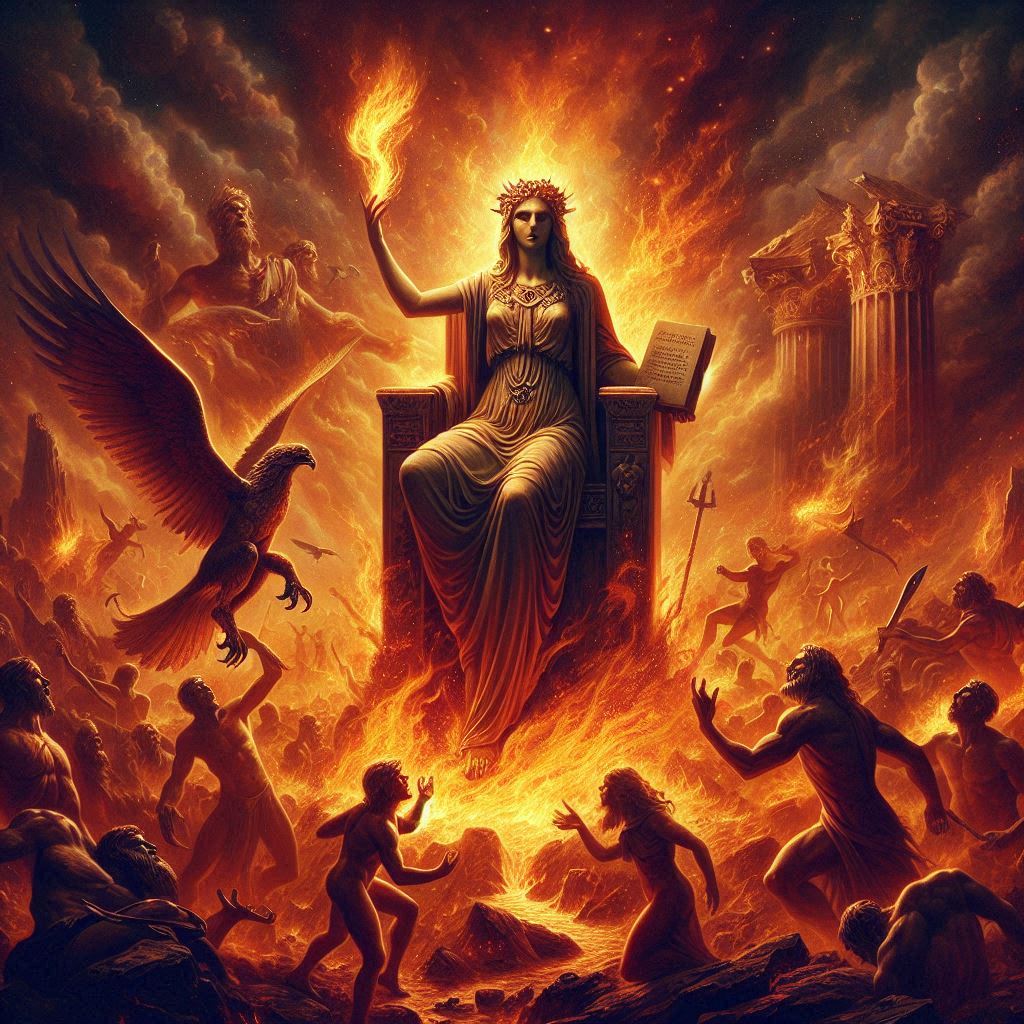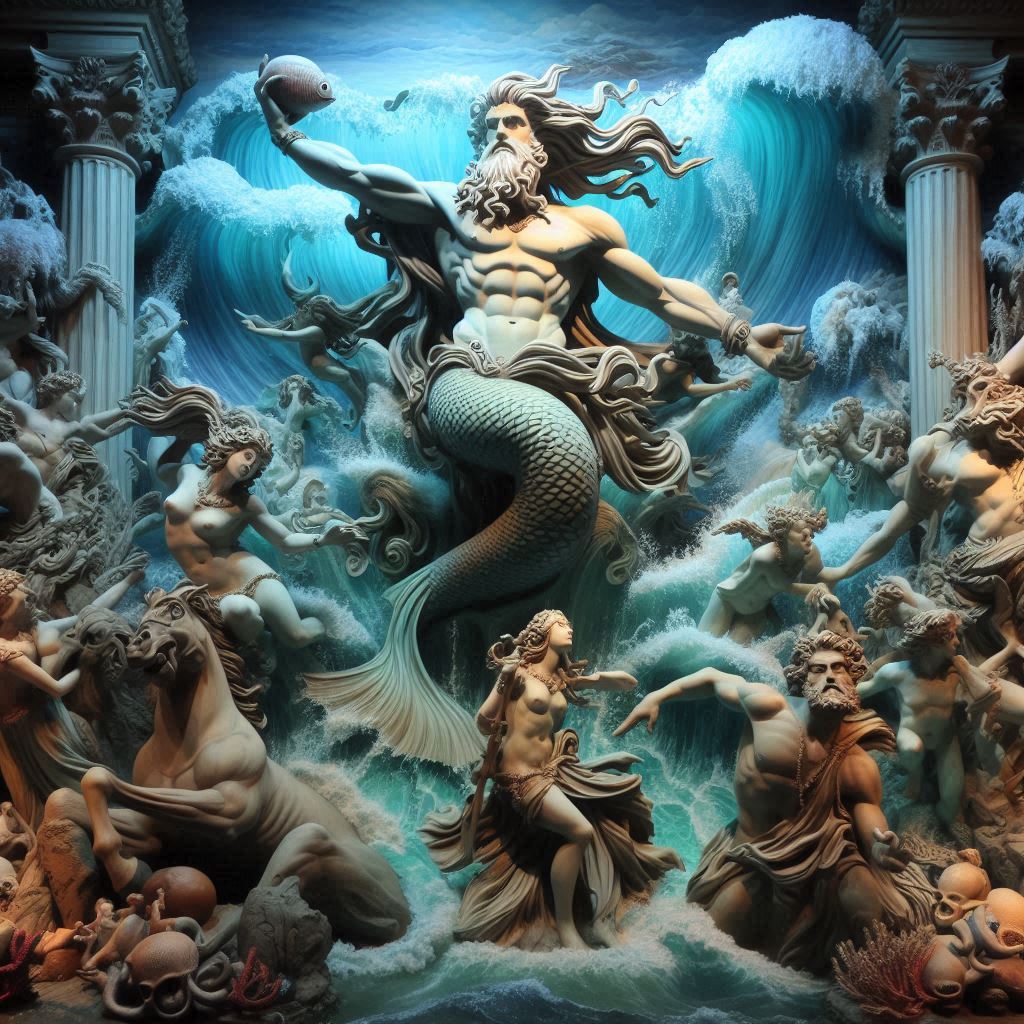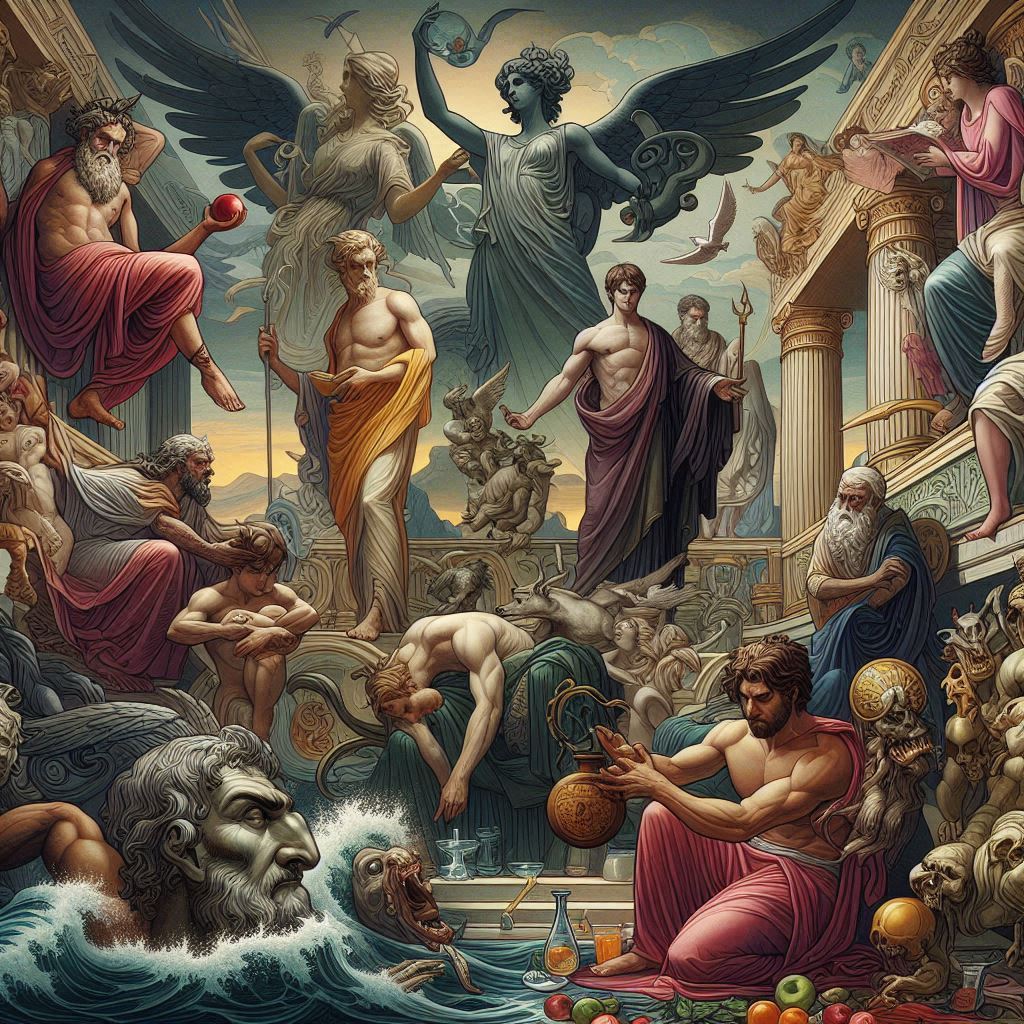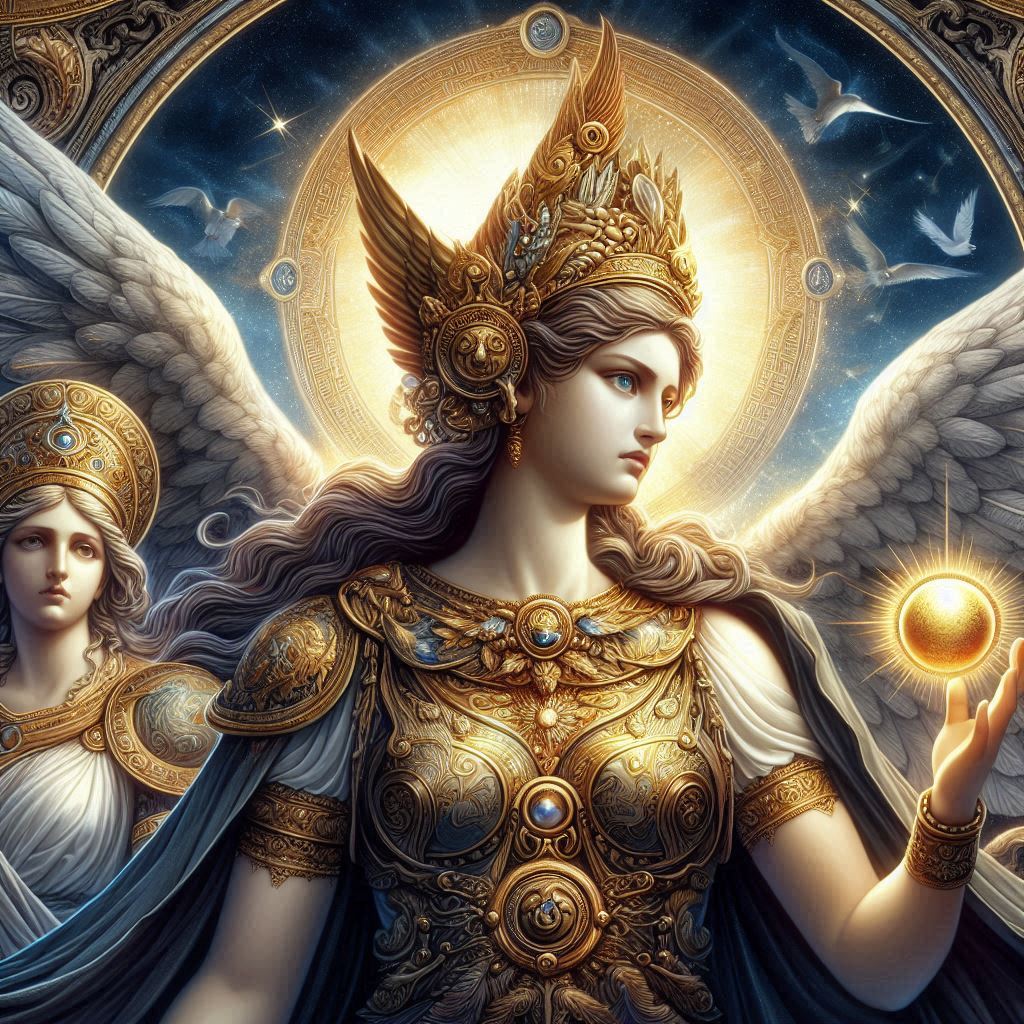In Greek mythology, Zeus, the king of the gods and ruler of Mount Olympus, embodies power, authority, and the formidable forces of nature. His myths and legends are woven into the fabric of ancient Greek culture, depicting him as a complex deity with both benevolent and wrathful aspects. As the ruler of the gods, Zeus wields thunderbolts, commands the sky and weather, and presides over the affairs of mortals and immortals alike. Exploring the theme of Zeus’s wrath offers insights into ancient Greek beliefs about divine justice, morality, and the consequences of defying the gods.
The mythology surrounding Zeus’s wrath is multifaceted, showcasing his role as a divine enforcer of order, justice, and cosmic balance. As the son of Cronus and Rhea, Zeus emerges as a powerful figure who overthrows his father and the Titans to establish the reign of the Olympian gods. His ascension to power is marked by a series of conflicts, alliances, and divine interventions that shape the course of Greek mythology and the cosmos.
One of Zeus’s most famous attributes is his thunderbolt, a symbol of his authority and the devastating power he wields. In mythology, Zeus uses his thunderbolt to strike down enemies, punish transgressors, and assert his dominance over the heavens. His wrath is often depicted as a fearsome and awe-inspiring force, capable of unleashing storms, earthquakes, and other natural disasters.
Zeus’s wrath is not limited to external threats or enemies of the gods; it also extends to mortals who dare to challenge or offend him. The myth of Prometheus, the Titan who steals fire from the gods and gives it to humanity, is a prime example of Zeus’s wrath against mortal defiance. In response to Prometheus’s act of disobedience, Zeus punishes him by chaining him to a rock and sending an eagle to devour his liver each day, only for it to regenerate overnight in a perpetual cycle of torment.
Another famous myth involving Zeus’s wrath is the story of Semele, a mortal woman beloved by Zeus. When Hera, Zeus’s wife and queen of the gods, discovers Zeus’s affair with Semele, she plots revenge by disguising herself as an old woman and convincing Semele to ask Zeus to reveal himself in his true divine form. Unable to refuse Semele’s request, Zeus appears in a burst of thunder and lightning, inadvertently incinerating Semele with his divine radiance.
The myth of Semele’s demise highlights Zeus’s unpredictable wrath and the consequences of mortal interactions with the divine. It also underscores Hera’s jealousy and vindictiveness, as she seeks to punish both Zeus and Semele for their transgressions. This mythological theme of divine retribution and the dangers of angering the gods pervades many Greek myths and serves as a cautionary tale about the limits of mortal hubris and ambition.
Zeus’s wrath is also evident in his conflicts with other gods and divine beings, particularly the Titans and monstrous creatures who challenge his authority. The Titanomachy, the epic battle between the Olympian gods and the Titans for control of the cosmos, showcases Zeus’s leadership, strategic prowess, and determination to assert his supremacy. With the aid of his siblings and allies, including Athena, Apollo, and Poseidon, Zeus defeats the Titans and establishes the reign of the Olympian pantheon.
In addition to his role as a divine warrior and enforcer of cosmic order, Zeus’s wrath is also depicted in his interactions with mortal heroes and figures. In the myth of Perseus, Zeus aids the hero in his quest to slay the Gorgon Medusa by providing him with divine weapons and guidance. However, Zeus’s wrath is also directed at mortals who defy or anger him, as seen in the tragic fates of figures such as Sisyphus, Tantalus, and Icarus, who incur Zeus’s wrath through their arrogance, greed, or hubris.
Despite his reputation for wrath and vengeance, Zeus is also depicted as a benevolent deity who rewards piety, loyalty, and virtuous behavior. He protects travelers, upholds oaths and treaties, and dispenses justice fairly to those who honor the gods and observe moral codes. Zeus’s dual nature as both a fearsome deity and a beneficent ruler reflects the complexities of divine authority and the nuances of divine interactions in Greek mythology.
Zeus’s wrath is often symbolized by thunderstorms, lightning bolts, and celestial displays of power, highlighting his control over the weather and natural phenomena. His presence in mythology evokes awe, reverence, and fear among mortals and gods alike, underscoring his status as the supreme deity of the Greek pantheon.
In art and literature, Zeus is often depicted as a regal figure seated on a throne, holding a thunderbolt or scepter, and surrounded by symbols of his authority and dominion. His role as the king of the gods and ruler of Mount Olympus is central to Greek mythology, serving as a focal point for narratives of divine conflict, heroism, and cosmic order.
The enduring legacy of Zeus’s wrath in Greek mythology lies in its exploration of divine justice, morality, and the consequences of human actions. Whether as a formidable warrior battling Titans and monsters or as a divine judge dispensing justice to mortals and immortals, Zeus’s wrath embodies the eternal struggle between order and chaos, authority and defiance, in the ancient Greek cosmos.
